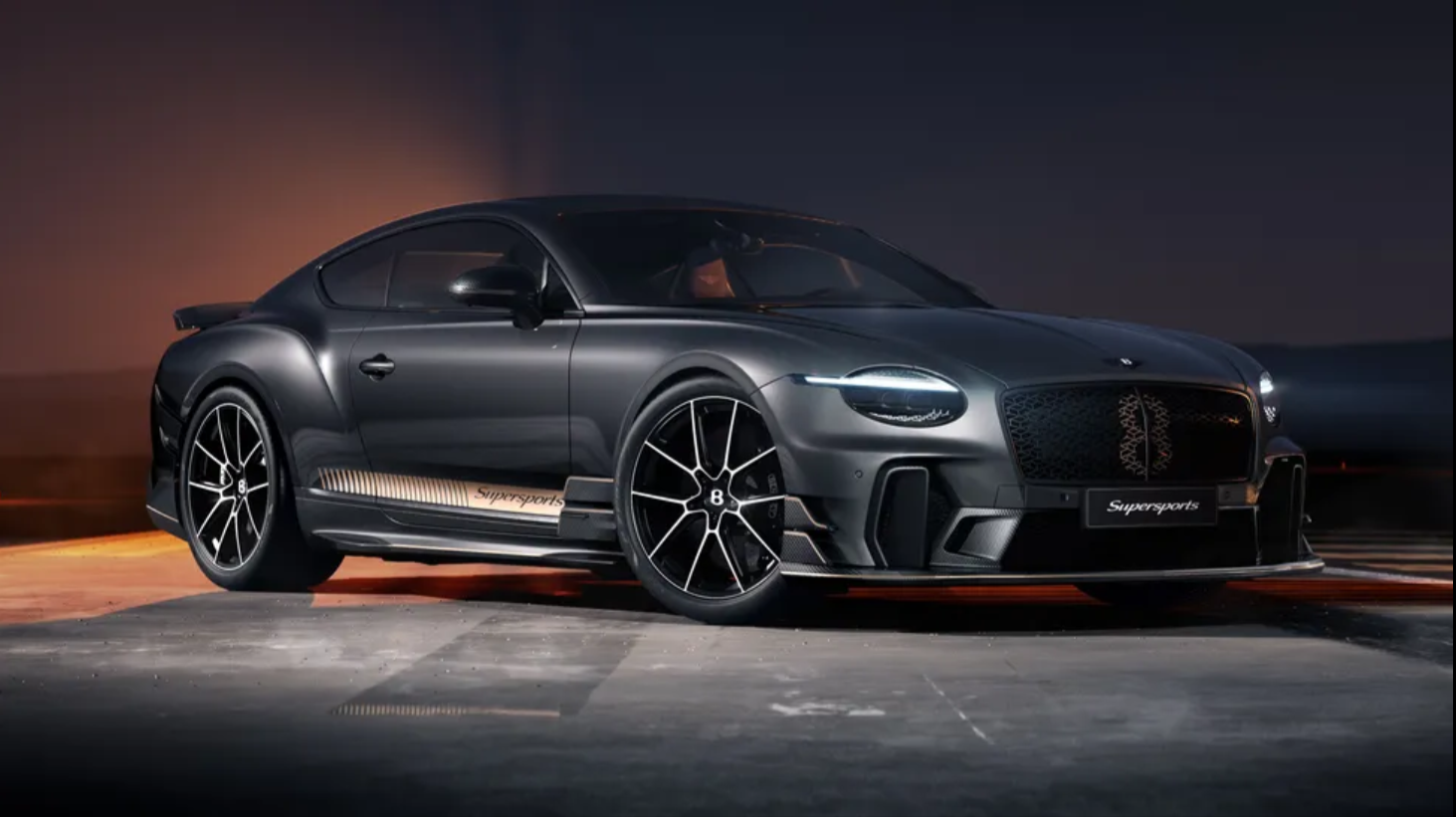Tesla has today announced a new… programme of efficiencies that’ll see its next-generation of electric cars built faster and with fewer rare earth materials.
In an investor call widely rumoured to be revealing a new, smaller electric car, Tesla instead said that while it would always deliver “exciting, compelling and desirable vehicles", the new car would arrive at a later date. All we've got to go on at this stage is that image above. Exciting times.
Speaking of exciting, the Cybertruck will enter production this year.
We were given details on Tesla’s next-generation motor, but not the juicy bits about power and torque and projected speed that you’re used to. Instead, Colin Campbell, Tesla’s powertrain boss, noted how the new motor will cost less to build and be more efficient.
Campbell also said this next-generation powertrain will have a lighter impact on the environment, too. “We have designed our next drive unit, which uses a permanent magnet motor, to not use any rare earth materials at all," he said.
The new Tesla will be subject to the company’s ‘space-time efficiency’ programme, too – better utilising the physical process of building the final production cars. All the various parts of the new car will be built independently – rather than working on a large unit at once – after which the car will be put together resulting in huge efficiency gains.
“We’ll be doing more work on the car more of the time,” Tesla said. The new process was illustrated using a Tesla Model Y, “but it’s not going to be a Model Y”, with Tesla instead referencing “the next-gen vehicle”.
It feeds into boss Elon Musk’s overall plan to build yet more electric cars and ramp up production by reducing the time it takes to build individual cars. Slides shown at the event projected a 50 per reduction in cost and a 40 per cent reduction in the manufacturing footprint using the “next-generation vehicle manufacturing efficiencies”.
“We can build factories faster,” Tesla said, “with more output per unit.”
Indeed the ‘rough view’ of the size of a future EV fleet from Tesla’s perspective – “though we could be wrong” – is to build an estimated 20 million electric cars a year.
“We’re heading rapidly towards an electric, autonomous future,” Musk said.
Source






.jpg)


.jpeg)

.jpeg)
.jpeg)

